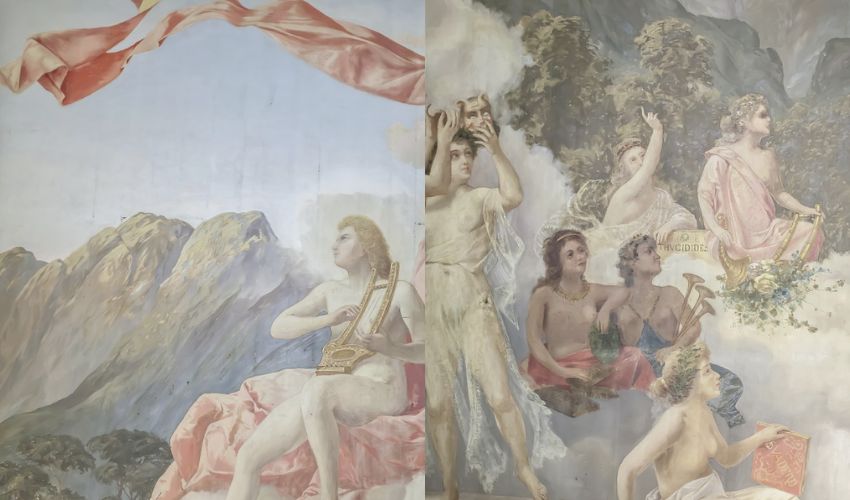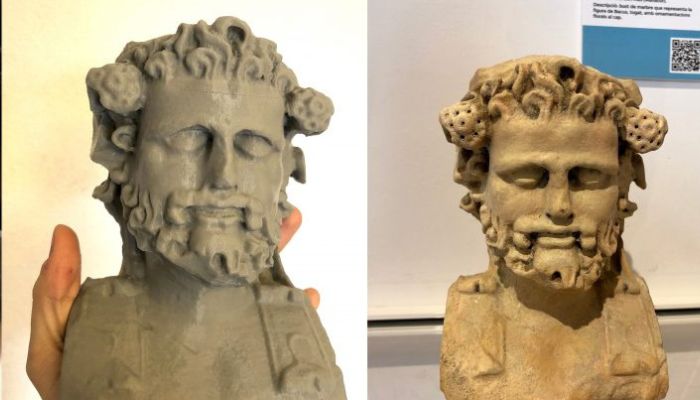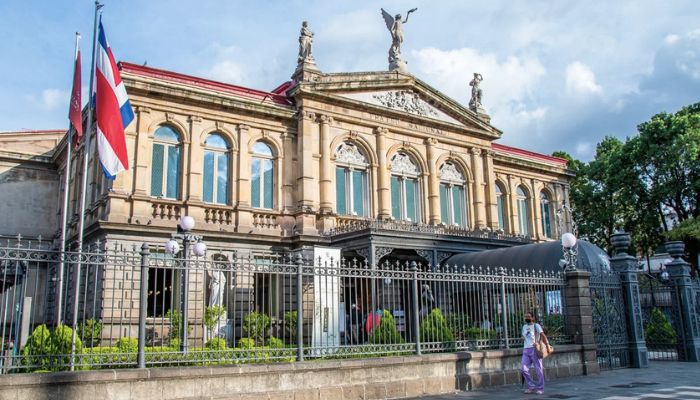Study Examines Costa Rica-Based Oil Paintings Using 3D Technologies

A multi-disciplinary study has taken advantage of 3D modeling and printing technologies in order to study two large-format oil paintings currently held in Costa Rica. Researchers observed their state of conservation and obtained key information about the artistic process and materials involved.
The research team, led by P. Calderón-Mesén, Daniela Jaikel-Víquez, and M. D. Barrantes-Madrigal, performed a series of observations on the paintings using 3D technologies. They monitored the environmental conditions and noted possible areas of biodeterioration among the canvases. Furthermore, they noted the colors of the painting based on distribution and arrangement of the crystals, as well as characterizing the nanofossils to identify the time period of the material. While the paintings were under observation, it was important to keep consistent the meteorological conditions in which the paintings exist – these being the CO2 levels, temperature, humidity, and light intensity.

3D printing is commonly used for conservation in museums (Photo credit: Simplify3D)
Where Did 3D Printing Come In?
In order to fully analyze the colors involved, the researchers made a 3D representation of the paintings, honing in on particular spots. Here, they observed the sample with a light microscope in order to understand the stratigraphy of the paintings (the rock successions). In order to keep the meteorological conditions consistent and observable, the team built novel, low-cost, and versatile stations. These stations consisted of the following components: SCD30 sensor to detect temperature, CO2, and humidity, TSL2591 sensor for light intensity, Real Time Clock for time stamps, and finally, a microcontroller to store the information. These stations were designed and printed using SolidWorks and finally printed in 3D. The research paper does not give details of the material or method used, but does mention that the stations, which was installed in the National Theater of Costa Rica (NTCR), where the paintings are based, was built to consider both a ‘harmonious’ design with the theater, and a functional structure regarding the different sensors and microcontroller.
Another component of the study was the observation of pigments within the paintings. For this, they recreated the paintings using a computer, observing microscopic images with Blender 3D modeling software. The representation gave information of the amount and average thickness of the layers as well as the density of pigment present in the sample.

The National Theater of Costa Rica is located in the capital, San Jose (Photo credit: Costa Rica Travel Advice)
Similar examples of the use of 3D technologies for painting observation and analysis have included Scan The World’s project to make 3D printable art available to people by digitizing the pieces. There was also the reconstruction of a Picasso painting, having previously been unknown for 118 years. The team used spectroscopic imaging and image processing, and then retextured the painting using artificial intelligence.
You can find the research paper HERE.
What do you think of the use of 3D technologies for painting conservation? Let us know in a comment below or on our LinkedIn, Facebook, and Twitter pages! Don’t forget to sign up for our free weekly Newsletter here, the latest 3D printing news straight to your inbox! You can also find all our videos on our YouTube channel.
*Cover photo: Musas I and II; credits: TNCR







